Catechesis
CATECHESES
Team Catechesis aims to teach young people who Christ is and help them build a personal relationship with Him. Questions such as “Who is God and why do I need Him?” and “Who is the Church and why do I need Her?” are answered by Team Catechesis.
IN CHRIST
Christians should strive to be like Christ. This means that in all aspects of our lives, we turn to Christ. How should I act? What is the purpose of my life? What qualities do I have and how can I use them? Who should I love, etc. All of these questions are answered by God, and by following Christ’s example and being guided by the Holy Spirit, we can live a meaningful life.
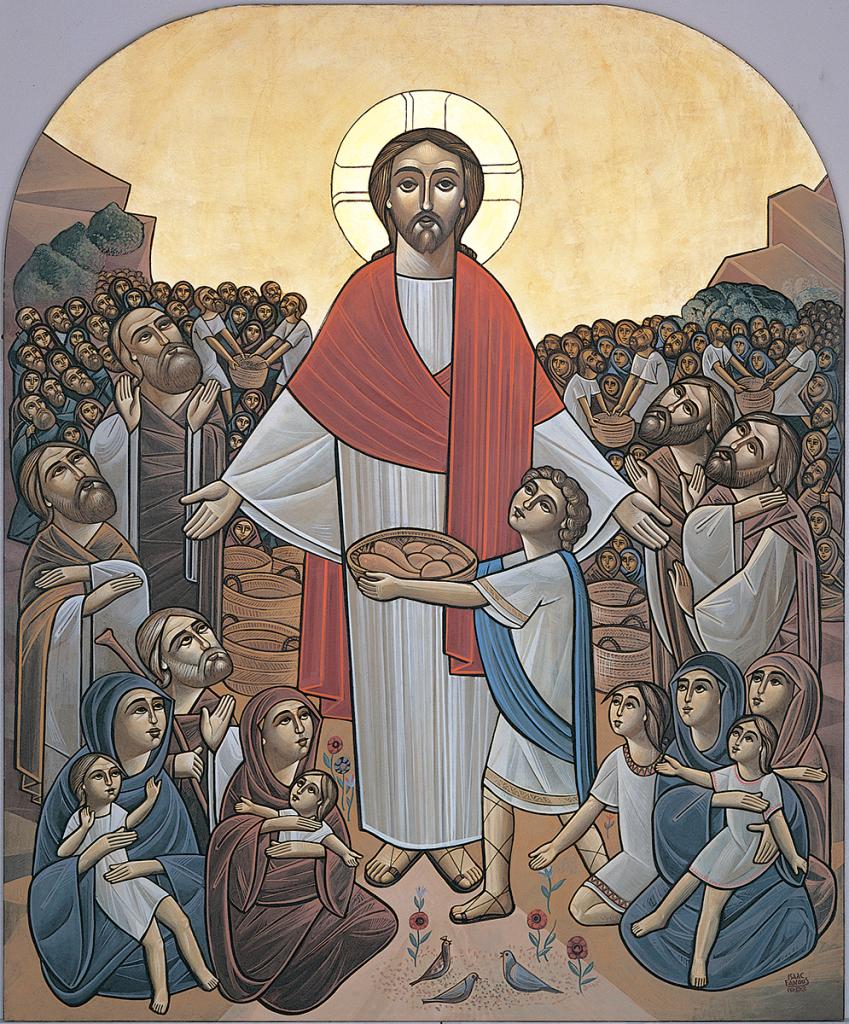
Syriac Orthodox Liturgy:
Let us now, and forever, give peace from our hearts.
May the peace of the Lord dwell in our hearts and protect us, now and forever.
The Lord said to His disciples when they met in the upper room during the days of the Resurrection:
Peace be with you, my beloved; may peace dwell among you, now and forever.
O Lord, who has commanded us to love. Let Your love reign among us all the days of our lives.
Glory to God in the highest, and peace and rest on earth, and good hope to all the children of men.
GOD LOVES US
The LORD intended for us to be like Him, as shown when God created the first man, Adam: “God said, ‘Let us make mankind in our image, in our likeness'” (Genesis 1:26). God blessed mankind, which means that we have received His favor and protection: “God blessed them and said to them, ‘Be fruitful and increase in number; fill the earth and subdue it'” (Genesis 1:28). This blessing is over everything we do. Therefore, we must be grateful to God in all things.
Just as Christ gave His life for His Bride, we must be obedient to Him and become like Him. God created man in His own image, but in the person of Christ, He came from heaven to earth for us. This is how much God loves the world and the people He created: “For God so loved the world that He gave His one and only Son, that whoever believes in Him shall not perish but have eternal life” (John 3:16).
For this reason, we must also be a living sacrifice for our neighbors, for whoever loves their neighbor, loves God with all their heart, soul, mind, and strength
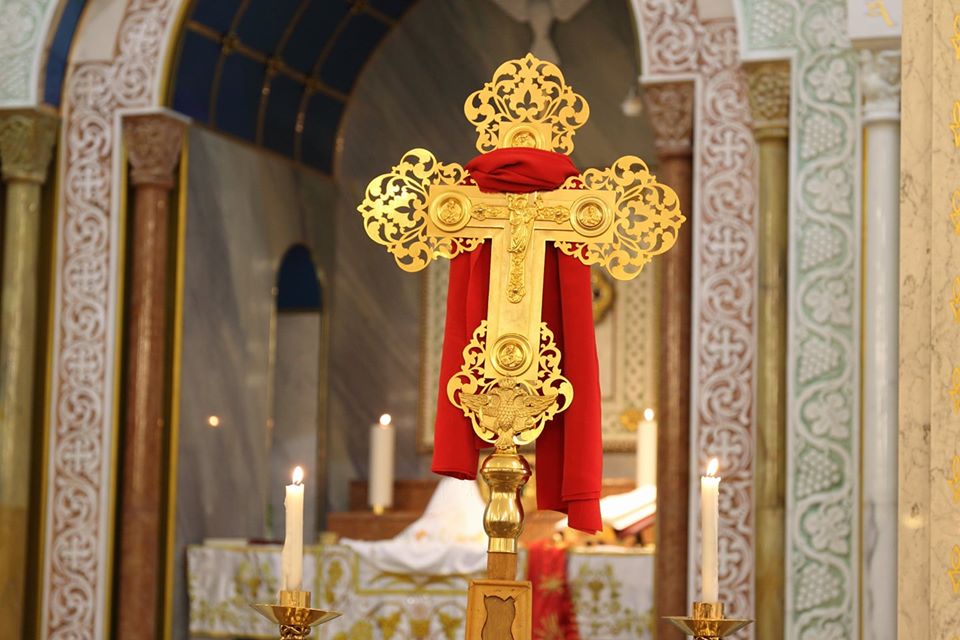
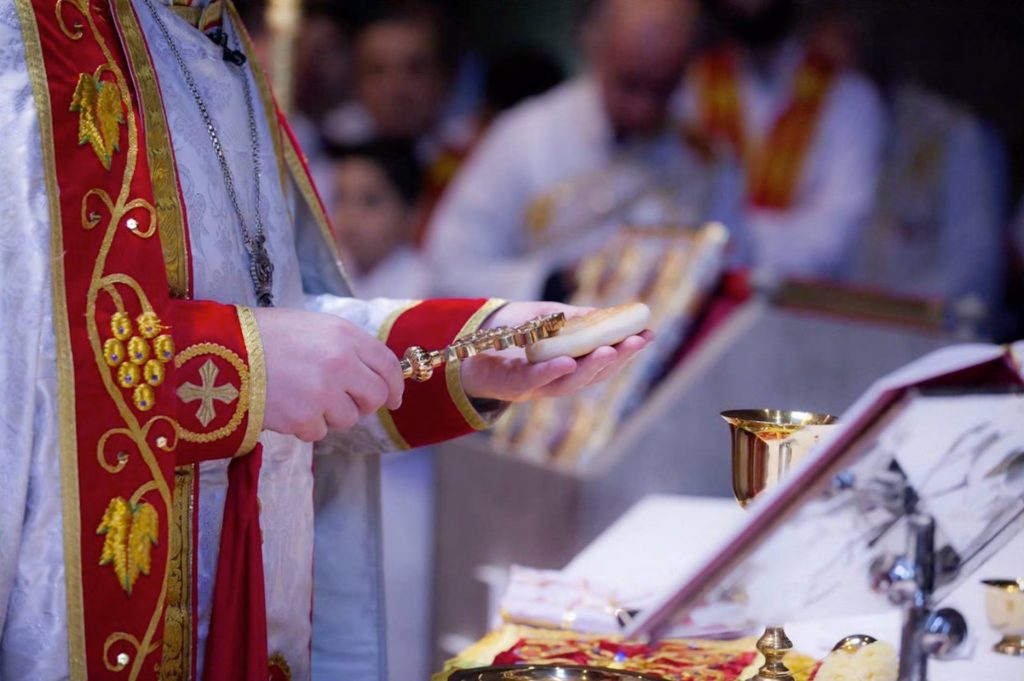
A NEW LIFE
Through His resurrection, Christ has undone our death and given us a new life in Him. With the Qurobo Alohoyo, we celebrate not only the first day of our (new) life but also the last day of our life. The “last day” is connected to the Day of Judgment, on which Christ, as He announced, will come (Matthew 24:32). On that day, Christ will show His love for us, because “In this way, love is made complete among us so that we will have confidence on the day of judgment, because in this world we are like Him” (1 John 4:17).
What should we do in preparation? The answer is: we must prepare ourselves daily to receive the LORD, because only the Father knows when Christ will come (Matthew 24:32). The purpose of the Qurobo Alohoyo is to be in communion (literally: fellowship) with God and our neighbors again. As Christians, we need to follow just one commandment, namely: “You shall love the LORD your God with all your heart, with all your soul, with all your strength, and with all your mind” (Matthew 22:37). As followers of Christ, we must therefore be one community in Christ, so that we can celebrate our new Life in Christ. With the Qurobo Alohoyo, we learn to lead a liturgical and divine life as befits the Bride of Christ.
QUROBO ALOHOYO
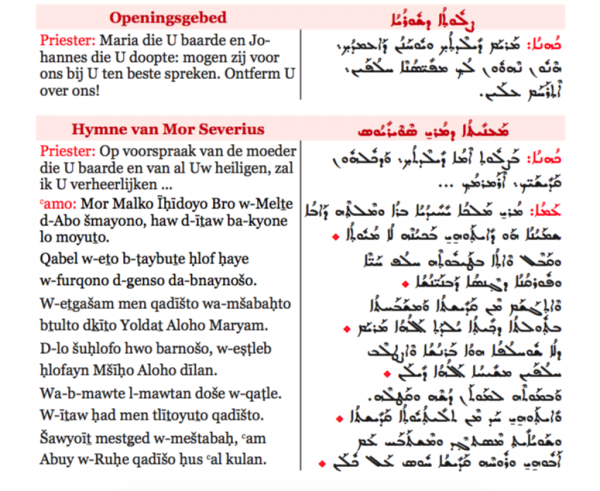
People: My Lord, King, only-begotten Son, and Word of the heavenly Father, who by nature are immortal. In Your goodness, You took it upon Yourself to come to us for the life and salvation of mankind. You assumed a body from the holy, glorious, and pure Virgin, the Mother of God, Mary. Without change, You became human and were crucified for us, Christ our God. Through Your death, You trampled upon and destroyed our death, and You are one of the Holy Trinity. And together with Your Father and Your Holy Spirit, You are worshiped and glorified: have mercy on us all!
ERAMRMOKH MOR
The Qurobo Alohoyo is also called the Divine Liturgy. ‘Liturgy’ means a communal service. The church is the place where the communal service is celebrated and the community comes together. Confessing your religion and experiencing spirituality is, therefore, essentially a shared experience with your fellow Christians. The Qurobo Alohoyo teaches us that we can never come to God alone and get to know the LORD. We need the Church and each other for that, especially in today’s individualistic society.
THE LAST SUPPER
With the Divine Liturgy, we celebrate Christ’s suffering, death, and Resurrection. This is based on the following. After Christ’s Ascension, the disciples of Christ celebrated the Last Supper every week.
Breaking of the Bread
The disciples gathered on the first day of the week, Sunday, to “break the bread” (Acts 2:42-46 and 20:7). The “breaking of bread” refers to the Last Supper: the bread that is broken and distributed, as well as the cup that is given, is participation in the Body and Blood of Christ (1 Corinthians 10:16). Therefore, the Divine Liturgy is based on the Last Supper.
Suffering
During the meal of the Last Supper, Christ said, “Do this in remembrance of me” (Luke 22:19). Christ then broke the bread, referring to His suffering. Christ was crucified the next morning (on Good Friday) as the Lamb of God (Isaiah 53). By offering Himself as the Lamb of God, Christ took away the sins of the world (John 1:29). Then, Christ redeemed us from death by His Resurrection (Easter Sunday).
Commemoration
During the Qurobo Alohoyo, we actively remember His suffering, death, and Resurrection – exactly as He commanded His disciples to do.
JOINT CELEBRATION
Between the Liturgy of the Word and the Eucharistic Prayer, the moment of forgiveness and reconciliation takes place, which is literally visible through a kiss: a holy and divine kiss.
Peace (Shlomo)
The moment of forgiveness and reconciliation happens through a hand kiss (Shlomo), passed from the altar to the entire community. The giver says: “The peace of our Lord and God,” and the receiver responds with: “May He be with us and among us.” What is the background of this? The background is that the Holy Triune God is full of mercy.
Spiritual Offering
God no longer desires material (animal) offerings, as in the Jewish worship. God wants us to offer ourselves as “spiritual sacrifices with a broken heart and a humble spirit.” Why? So that a new heart is created within us, our spirit is renewed, and we are established in the new world. Therefore, we must offer ourselves and view our body and spirit as the place where the Lord dwells. This is why it is so important for God that His community is at peace with one another, and that we wish each other peace. The Bible teaches us:
“If you bring your gift to the altar and there remember that your brother has something against you, leave your gift there in front of the altar. First, go and be reconciled to your brother; then come and offer your gift.” (Matthew 5:23-24)
ACTIVE PARTICIPATION
The Qurobo Alohoyo is not only the first day of our new life but also the Last Day. The Divine Liturgy thus represents the beginning and end of our life.
Daily Life
This celebration must be reflected in our daily life. This active participation influences our life in various ways. We must walk as one community in the footsteps of Christ, and this can only begin by actively participating in the liturgical life of the Church, which is the Body of Christ. This means living in a way that shows we are connected to one another and dependent on each other.
Every Day
God created the world in seven days, with Sunday being the first day of creation (“yawmo dhad bshabo”). The seventh day, Saturday (“yawmo dshabtho”), is the Sabbath: the day of rest that God sanctified and commanded His people to keep by resting from their work. Christ, with His coming, fulfilled all laws, and thus He also rested on the seventh day; in His tomb. However, a day later, on the first day of the week (Sunday), Christ rose. He defeated the death that reigned over humanity and established a new day for the common worship of Him. The Divine Liturgy is therefore traditionally celebrated on the first day of the week because it is the day of the Resurrection. On this day, Christ defeated death by rising from the dead.
OUR CHURCH
What is the meaning of the word ‘church’? In Syriac, the word for church is ‘cīdto’, which literally means ‘feast’. The masculine version of the word church in Syriac is ‘cīdo’. The word ‘cīdto’ is feminine because our church is the Bride of Christ. The church is the place where a community gathers to celebrate a feast. Who goes to a feast without actively participating? It is important that all participants actively engage in the church service – not just sit and watch others celebrate.
The Divine Liturgy (Qurobo Alohoyo) is, in essence, the heavenly wedding feast of Christ (the Bridegroom). All Christians celebrate this wedding feast together and we cannot achieve it without one another. The bride (the church) must wholeheartedly and collectively say “Yes” to the bridegroom. Read more about fasting here.
The liturgy, which means a communal act, does not only apply to church services, but is primarily carried out outside of church services. However, in the church building, the liturgy has two functions: on the one hand, it has an apologetic and dogmatic character, i.e., it teaches the correct faith, and on the other hand, it has a pedagogical and missiological character, i.e., it helps the community overcome challenges in society and become service-oriented. After receiving the Mysteries, we are sent into the world to witness to the Kingdom of God, with catechesis and missionary work seen as the main tasks.
For young people, it is important that they learn from a young age who the church is and discover how they are a part of it. It is important for them not only to receive education in tradition, language, and religion but, more importantly, to practice charity; that giving is more beautiful than receiving. This also helps them place more value on their possessions and be grateful (eucharistia) to God for His mercy. They learn these virtues within the Liturgical year of the church, which is why the SOJP aims to develop books according to the church calendar.
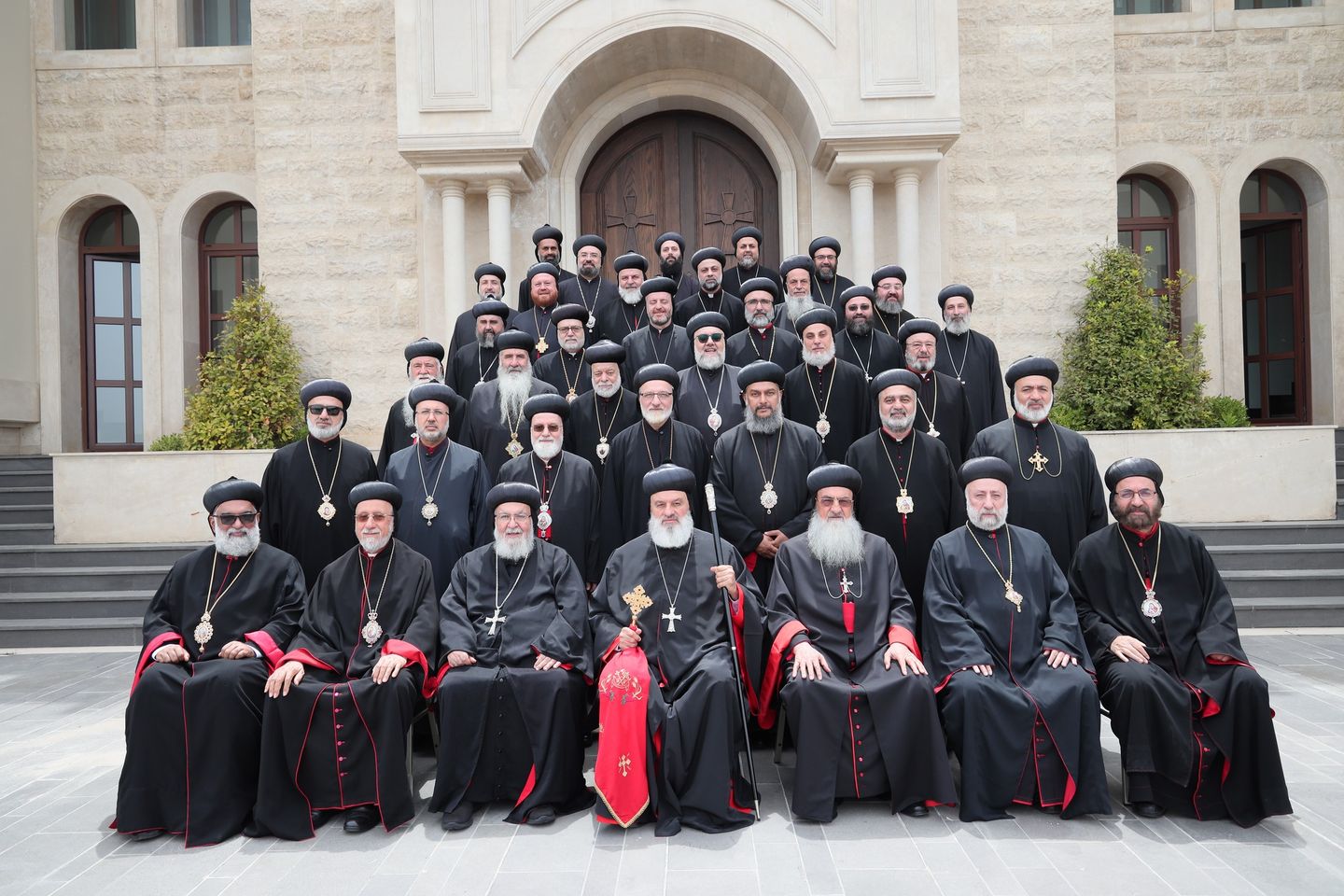
Similarly, it is important for the elderly to be nourished with the right faith through a Syriac Orthodox catechism. We aim to do this with the goal of raising awareness about our place and contribution to society.
The mission of the Orthodox Church is to continue and provide the healing of humanity as one community of God, the Bride of Christ. This has been entrusted to her by Christ, who restored the possibility of union with God, which was originally lost through sin, to humanity through His birth, death, and resurrection. The loss of this union with the Creator not only resulted in disharmony between humanity and God but also made humanity weak and subject to sickness and suffering. All Mysteries (sacraments) – especially the Mystery of the Eucharist – arise from Christ’s command to proclaim the Kingdom of God, heal the sick (Mark 6:7-13), and prepare the people for His second coming, when He will take her as His Bride.
An important Orthodox (i.e., correct way of worship) contribution to the healing of humanity is the liturgy. The Church engages in the liturgy because the use of rituals, music, and icons in the liturgy not only tells the story of God but of the entire ‘Body of Christ’ (i.e., all the saints). This means the liturgy has two functions: On the one hand, it has an apologetic and dogmatic character, i.e., it teaches the correct faith, and on the other hand, it has a pedagogical and missiological character, i.e., it helps the community overcome challenges in society and make it service-oriented. To achieve this goal, we need two things: 1. priest and 2. diaconate.